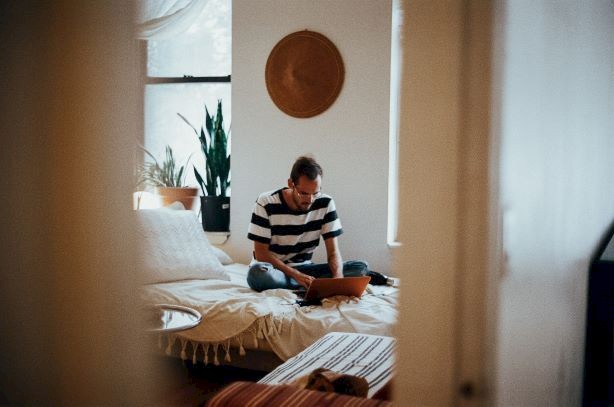Residential Block and Estate Asset Management
Points to check when buying a flat

Our top tips when buying a flat:
We often look at buying and living in a flat as a more accessible – and let’s face it – cheaper way of owning our own property.
This is also partly because a flat is seen as less likely to involve us in the hassle of maintaining a property. Leasehold is a form of property ownership which is largely unique to the UK but despite the growing trend towards building blocks of flats and living in a flat, buying a leasehold flat is still not entirely understood by most people. It is still comparatively common for someone buying a leasehold flat to be ignorant of the legal obligations they are taking on with that purchase. This lack of awareness can result in a great deal of stress for them when they start to find out that their purchase comes with a number of strings.
It is really important to understand that the lease is a legal contract between the flat owner (also known as leaseholder or lessee or tenant) and the Landlord. It covers a substantial range of responsibilities and obligations the leaseholder must obey, as well as what rights are given to the leaseholder.
These are called ‘covenants’ and covers everything from financial matters, to legal responsibilities and rules of behaviour which are necessary with such communal living. If any of these covenants are breached, unless the breach can be resolved reasonably, could lead to the Landlord taking enforcement action through the courts, which could also lead to significant legal costs. It is much better for you as a leaseholder to understand your obligations and responsibilities from the beginning, to avoid any repercussions.
The lease also has a range of obligations which the Landlord must meet. However the Landlord’s cost of meeting these obligations must be paid by the all the leaseholders. This is where service charges comes in, and the lease will state what proportion of those total charges you are responsible for.
The first thing to understand is the leaseholder cannot do what they like with the flat they’ve bought. For instance refurbishment or alterations to the flat must have the Landlord’s written consent in advance of any work that involves any kind of destruction of the plaster walls or floors or ceilings. The lease also has a range of covenants (or requirements) that the leaseholder has to comply with.
The main reason why flats are in general cheaper than houses with the same floor area is that the leaseholder never actually ‘owns’ the property. What they have in reality bought is a contract (the lease) which allows them to live in or sub-let (if the lease allows this) the property for a certain number of years. It is a form of property ownership that reduces in value as the remaining years (the Term) in the lease counts down.
This realisation can be a shock for many people who have bought a flat without understanding the nature of their property purchase. But this can be sorted out by reading through the lease. If you have trouble understanding the sometimes old-fashioned legal terminology, then you can get advice from a lot of different sources. The Leasehold Advisory Service is a really valuable resource of advice and information The Leasehold Advisory Service. If you want help with understanding a particular section of the lease then contact your property manager for assistance.
Once you know what you can and can’t do with your leasehold flat, and what responsibilities you have as a leaseholder, it’s much easier for you to relax and enjoy your home.